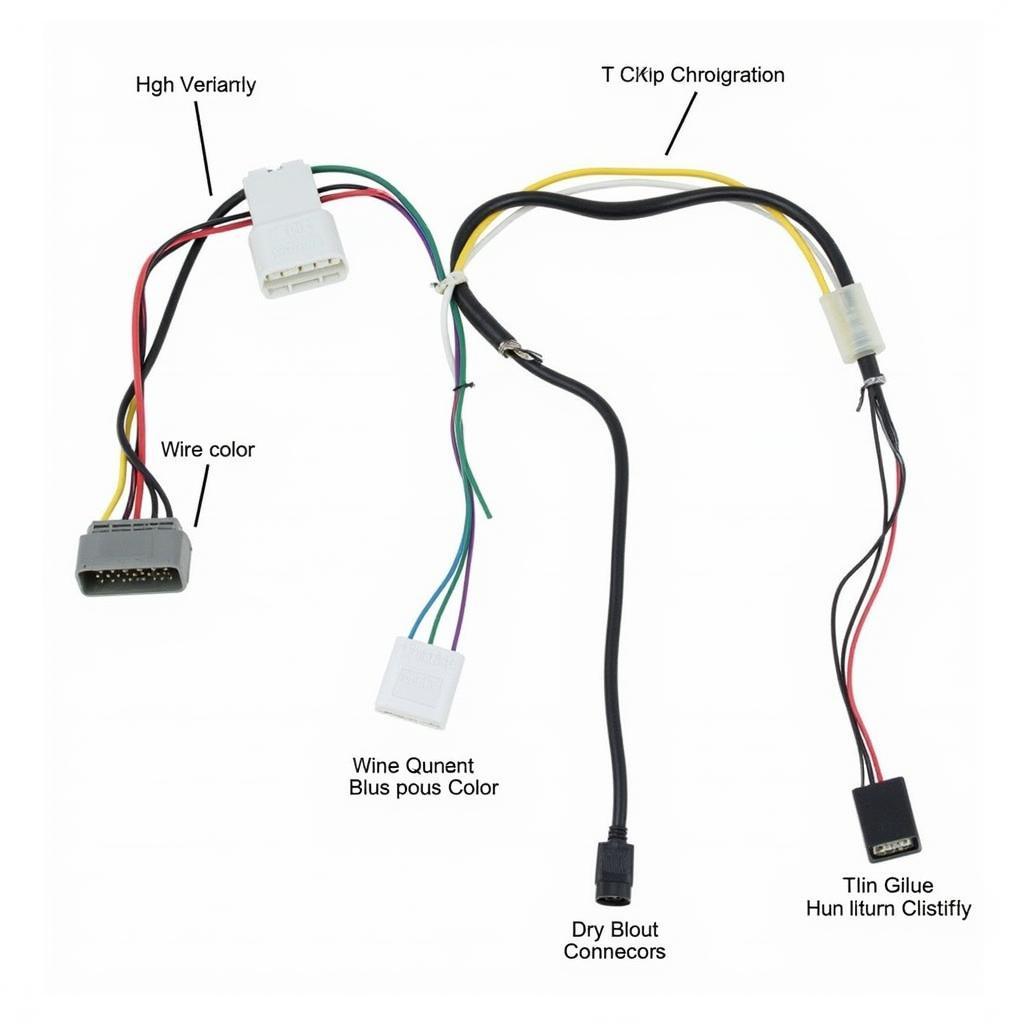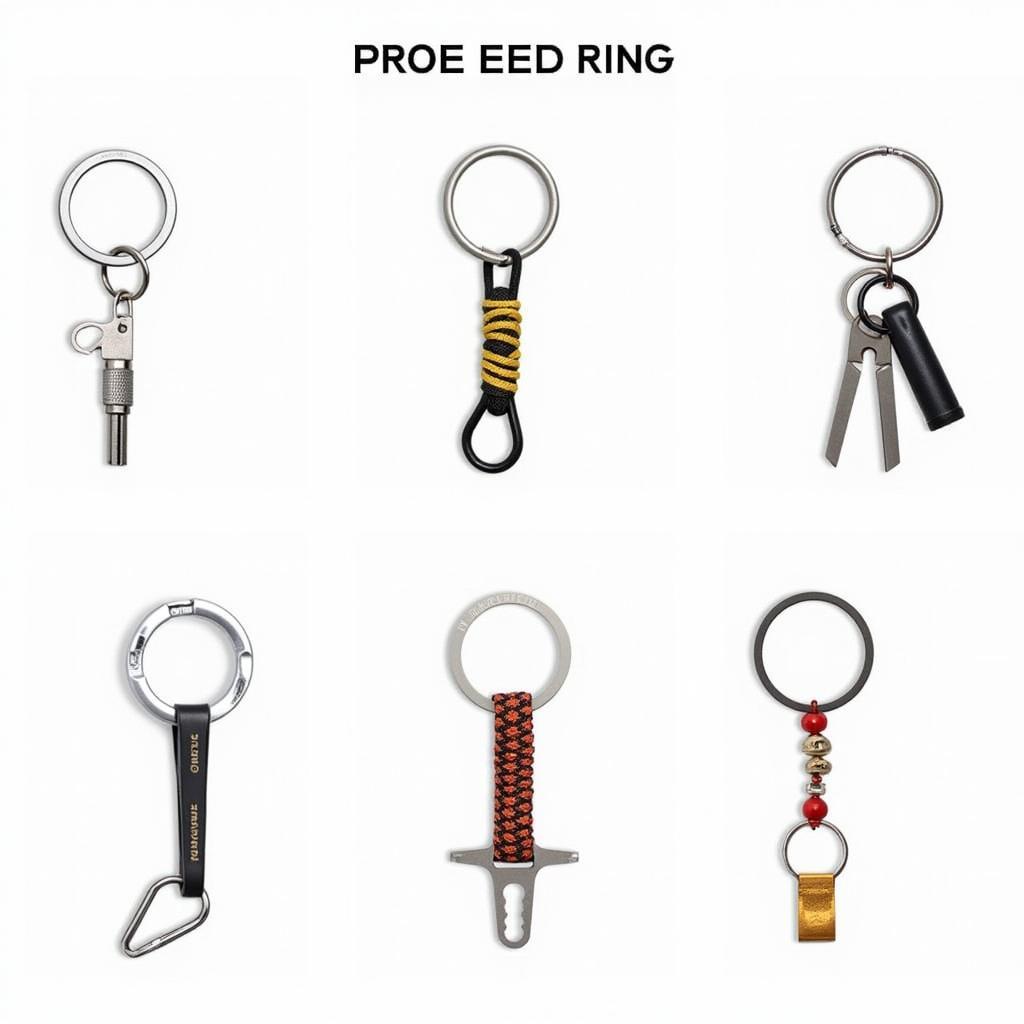Understanding the 1998 Dodge Dakota car radio wiring diagram is crucial for any car audio enthusiast or DIY mechanic. Whether you’re upgrading your existing stereo, troubleshooting electrical issues, or installing a new head unit, a clear wiring diagram can save you time, frustration, and potential damage to your vehicle’s electrical system. This comprehensive guide will provide you with everything you need to know about the 1998 Dodge Dakota car radio wiring, from identifying the different wires to troubleshooting common problems.
Decoding the 1998 Dodge Dakota Radio Wiring Harness
The wiring harness for your 1998 Dodge Dakota’s radio is a complex network of wires that connect the head unit to the vehicle’s electrical system, speakers, and other components. Each wire serves a specific purpose and is identified by its color code. Understanding this color code is the key to successfully working with your car’s audio system. This section will break down the common wire colors and their functions, providing a solid foundation for your wiring endeavors. Knowing the specifics of your 1998 Dodge Dakota car radio wiring diagram is essential for any modifications.
Common Wire Colors and Their Functions
- Red: Typically represents the constant 12V power supply, often connected directly to the vehicle’s battery. This ensures continuous power to the radio’s memory functions, even when the ignition is off.
- Yellow: Usually indicates the switched 12V power supply, activated when the ignition is turned on. This powers the main functions of the radio.
- Black: This is the ground wire, essential for completing the electrical circuit and ensuring the radio operates correctly. A good ground connection is crucial for avoiding noise and interference.
- Blue: Often used for the power antenna or amplifier remote turn-on lead. This wire sends a signal to activate these components when the radio is turned on.
- Orange: Sometimes used for the dimmer wire, which adjusts the radio’s display brightness based on the vehicle’s headlight settings.
- Gray, Green, White, and Purple: These wires usually represent the speaker wires, coming in pairs for positive (+) and negative (-) connections. Understanding their specific assignments for left/right and front/rear speakers is essential for correct sound output.
 1998 Dodge Dakota Radio Wiring Harness Diagram
1998 Dodge Dakota Radio Wiring Harness Diagram
Troubleshooting Common Wiring Issues
Sometimes, even with a 1998 Dodge Dakota car radio wiring diagram, issues can arise. This section will cover some of the most common problems and offer solutions.
Radio Not Powering On
- Check the fuses: A blown fuse is a common cause of a dead radio. Consult your owner’s manual to locate the correct fuse(s) for the radio.
- Verify power and ground connections: Use a multimeter to test the voltage at the red and yellow wires. Also, ensure a solid ground connection on the black wire.
- Test the ignition switch: If the switched power (yellow wire) isn’t receiving power, the problem might lie with the ignition switch itself.
Poor Sound Quality or No Sound
- Check speaker connections: Make sure the speaker wires are properly connected to the correct terminals on both the radio and the speakers.
- Test the speakers: Use a multimeter to test the speakers for continuity. A non-functioning speaker will need to be replaced.
- Examine the amplifier (if equipped): If your system includes an amplifier, check its power and ground connections and ensure it’s receiving a signal from the radio’s blue remote turn-on wire.
“A common mistake is assuming all aftermarket radios have the same wiring configuration. Always consult the wiring diagram specific to your radio model.” – John Miller, Certified Automotive Electrician.
Installing an Aftermarket Radio
Upgrading to an aftermarket radio can greatly enhance your driving experience. However, proper installation is crucial.
Using a Wiring Harness Adapter
Using a wiring harness adapter is highly recommended. It simplifies the installation process and prevents potential damage to the vehicle’s wiring. The adapter plugs directly into the factory harness, eliminating the need to cut or splice wires.
Connecting the Wires
Match the wires on the adapter to the corresponding wires on your aftermarket radio. Refer to both the adapter and radio’s wiring diagrams for accurate connections. A secure connection is paramount when dealing with the 1998 Dodge Dakota car radio wiring diagram.
“Investing in a quality wiring harness adapter can save you hours of frustration and prevent costly mistakes.” – Susan Davis, Automotive Technician.
Conclusion
Working with your 1998 Dodge Dakota car radio wiring diagram can seem daunting at first, but with the right information and a little patience, you can successfully navigate this complex system. Whether you’re troubleshooting a problem or installing a new stereo, understanding the wiring is essential. Always refer to your vehicle’s specific wiring diagram and don’t hesitate to seek professional assistance if needed. Mastering the 1998 Dodge Dakota car radio wiring diagram empowers you to take control of your vehicle’s audio system.


